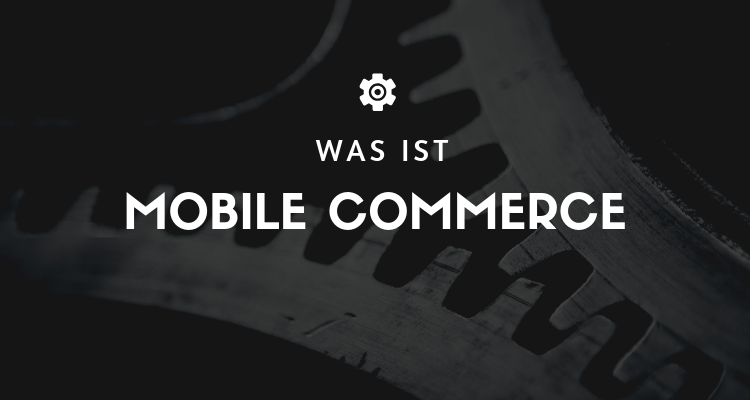What is Mobile Commerce?
Mobile commerce, also known as or m-commerce or wireless E-commerce, is any transaction conducted through the use of mobile devices and wireless technologies. Simply put, involves Mobile Commerce the provision of E-commerce-functions via smartphones and other mobile devices.
The development of mobile commerce
The term Mobile Commerce was first introduced in 1997 by Kevin Duffey at the opening of the Global Mobile Commerce Forum used. The concept was implemented by Coca-Cola in the same year. In Helsinki, the company installed two vending machines with mobile communications capability that enabled payment by SMS.
The idea of the concept was further confirmed in 1998, when the sale of digital content such as ringtones on mobile devices was enabled by Radiolinja. After 2000, there was no turning back. M-commerce facilitated payments and transactions related to parking, train tickets, voting for popular reality show contestants and more. In 2004, there was even a shift from wallet to mobile with the introduction of GCash.
And then the iPhone appeared, which shifted mobile trading from SMS messages to real applications. Smartphone operating systems like IOS and Android enabled mobile trading as we know it today. We can now buy and rent products, services, stocks, cryptocurrencies and other assets through our cell phones. Moreover, conduct all banking transactions through the smartphone and even use the cell phone as a prepaid wallet for such transactions.
M-Commerce: Today more important than ever!
Retail had undergone a transformation with the rise of eCommerce. However, it was still waiting for the next true change. Namely, the concept that brought the shopping experience into the hands of the customer.
Welcome to the era of the Mobile Commerce.
The rise of the mobile Internet has finally opened more doors for the shift of the E-commerce opened on the cell phone. With it grew the Mobile Commerce proportionally even faster than E-commerce.
Several industry giants and government agencies have taken advantage of the concept and launched many new services to facilitate mobile commerce. Amazon has launched its prepaid wallet service - Amazon Pay. The National Payments Corporation of India has brought the simpler version of IMPS to mobile in the form of a unified payment interface. Google has launched Google Tez to promote transactions through UPI. Many companies like Venmo and Wechat have built their business models on the concept of m-commerce and many ideas are still in the works.
With over 80% of internet users now owning a smartphone, mobile commerce is something that cannot be ignored.
However, the rise of mobile shopping does not equate to usage. In the third quarter of 2017, smartphones accounted for 58 percent of global retail website visits, but generated only 38 percent of e-retail shopping sales. Fashion and luxury retailers saw the highest share of mobile transactions, followed by mass merchants, while the share of mobile transactions was lowest in the home category.
« Back to Glossary Index

